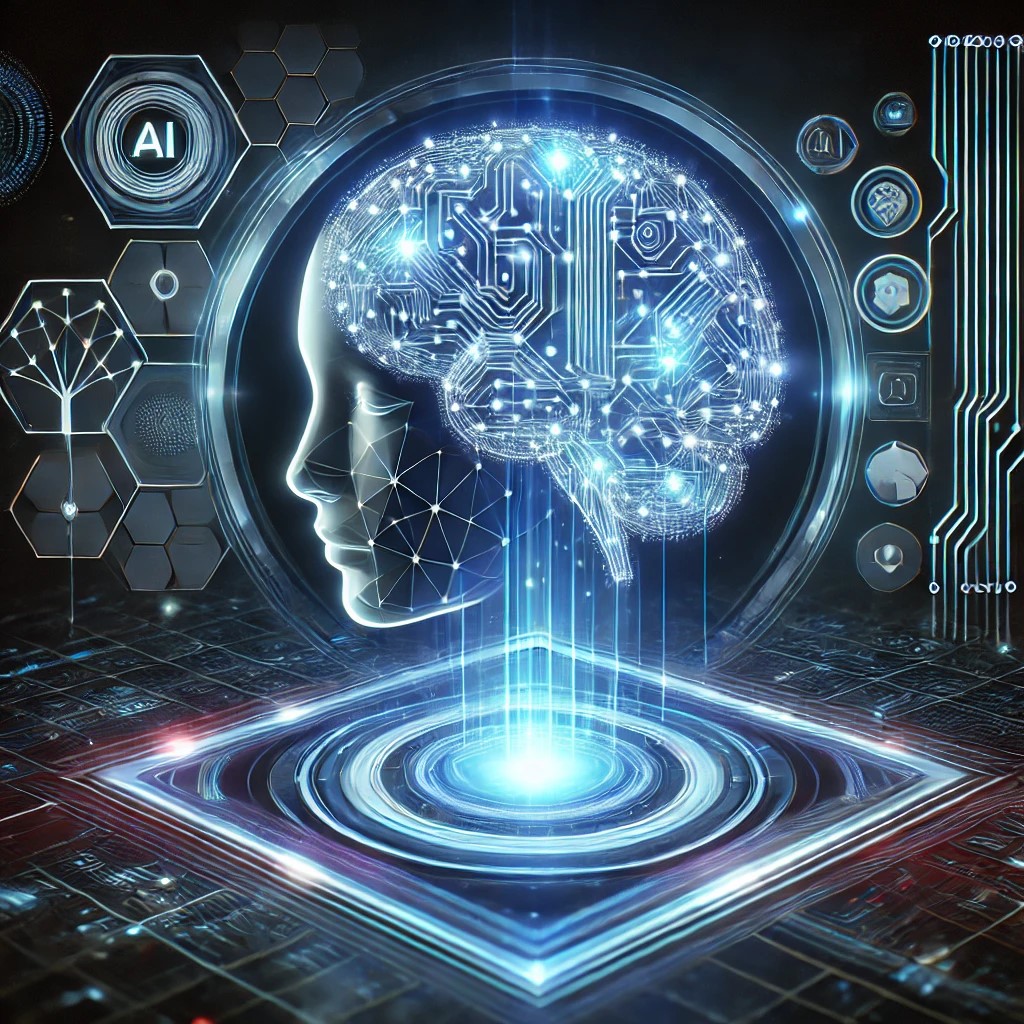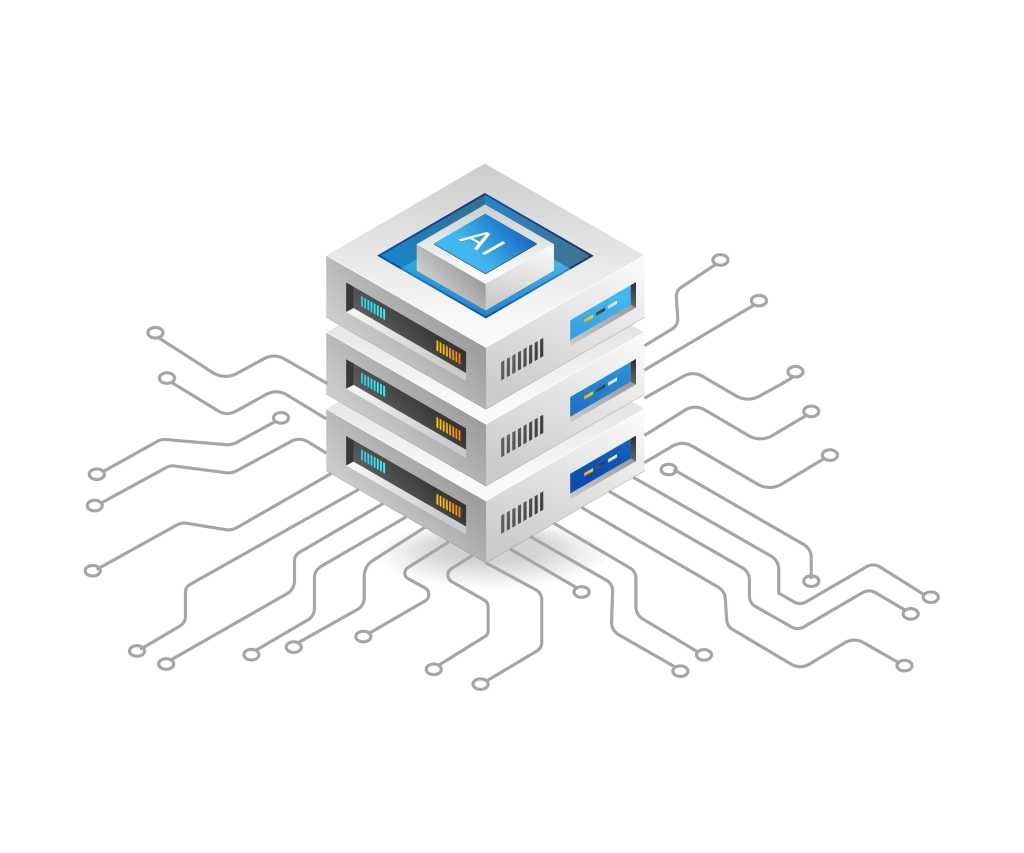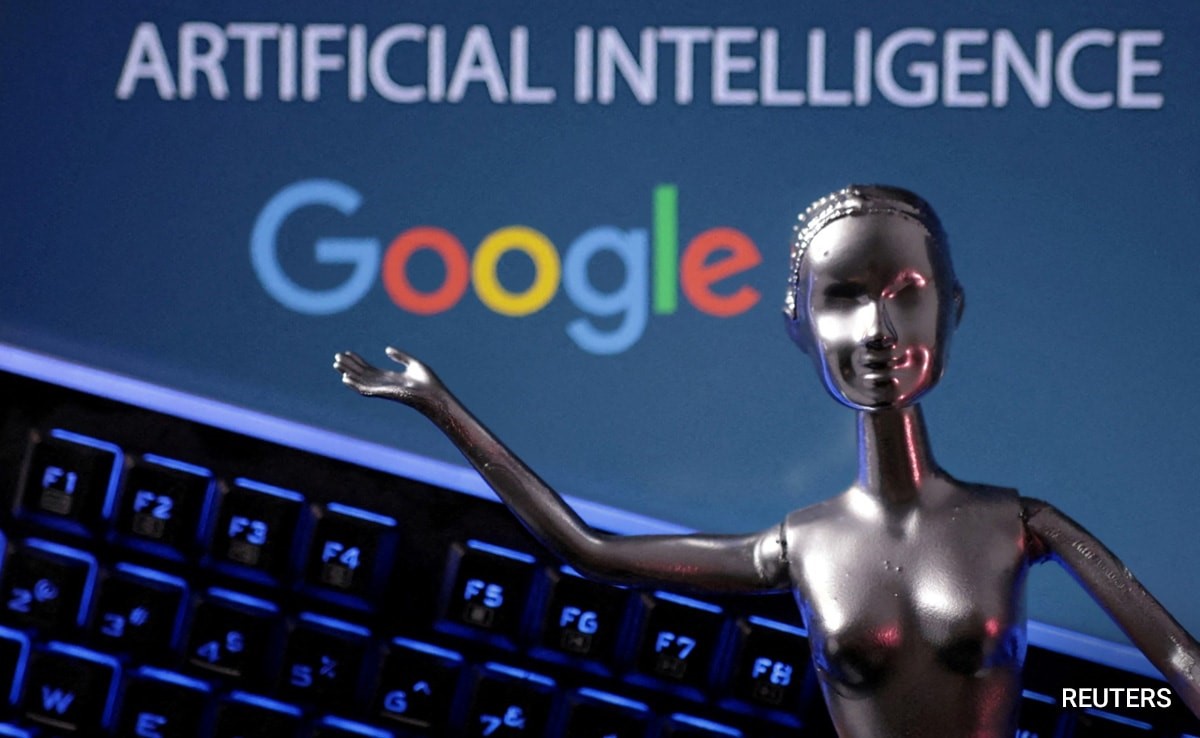DeepSeek Pioneers a Groundbreaking Approach to AI Reasoning
AI chatbots like DeepSeek are built on large language models, a powerful type of AI designed for understanding and generating human-like text. With new AI bots emerging constantly, well-known models such as ChatGPT, Grok, Claude, and Gemini continue to lead the way, each offering similar capabilities in conversation, writing assistance, and coding support.

Figure 1. DeepSeek: Revolutionizing AI Reasoning with Innovation.
What sets DeepSeek apart? It delivers performance on par with top AI models like ChatGPT and Gemini but does so with significantly lower energy consumption. As Vijay Gadepally explains, this makes DeepSeek much more environmentally friendly per unit of work, a crucial advantage in the growing world of AI. Figure 1 shows DeepSeek: Revolutionizing AI Reasoning with Innovation.
Vijay Gadepally, a computer scientist at the Massachusetts Institute of Technology’s Lincoln Laboratory in Lexington, focuses on improving the efficiency of AI models and the systems that power them. While he did not contribute to DeepSeek’s development, he recognizes its breakthrough in energy-efficient AI performance.
AI models are often criticized for their high energy consumption. However, the team behind DeepSeek introduced innovative techniques to streamline both the development and operation of AI models, making them significantly more efficient, explains Gadepally. He describes their approach as “very novel.”
This team, based in Hangzhou, China, detailed their energy-saving method in a paper published on arXiv on December 27. Just a month later, their company—also named DeepSeek—launched a new AI bot built on a more efficient model.
Commonly referred to as DeepSeek, its official technical name is DeepSeek-R1. While it functions like a traditional chatbot, it represents something entirely new: a reasoning agent—a type of AI designed for more advanced, logic-driven problem-solving.
Less Chat, More Action
Traditional chatbots handle one question at a time. Reasoning agents, like DeepSeek-R1, take a different approach. Instead of stopping after a single response, they break down complex tasks into smaller steps, explains Gadepally.
Here’s how it works: Your question goes into the AI model, which generates an initial answer. But rather than stopping there, the reasoning agent uses that answer to ask itself follow-up questions—a process similar to human problem-solving. Researchers refer to this as chain-of-thought reasoning. Depending on the complexity of the task, this process can take anywhere from a few seconds to half an hour, with ideas continuously “bouncing around inside the model,” Gadepally notes.
Reasoning agents are especially powerful when integrated with search engines, robots, and other technologies. In these cases, the back-and-forth questioning extends beyond the model itself. The agent acts like a brain, directing other tools to gather information and take real-world actions on your behalf—a major leap beyond simple chatbot responses.
Efficiency at a Fraction of the Cost
OpenAI, the company behind ChatGPT, has also developed AI models capable of supporting reasoning agents. Its first such model was called o1.
Built on o1, OpenAI introduced multiple agents designed for different tasks. One of them, Operator, can browse the web and perform actions like booking appointments. Another, Deep Research, uses search engines to gather information and generate detailed reports.
When Understanding AI tested Deep Research with 19 users, seven reported that it performed at a professional level. However, access to these advanced agents comes at a high price—OpenAI charges $200 per month for a subscription, and direct usage of o1 costs $60 per million words of output.
By contrast, DeepSeek-R1 offers the same capabilities but with dramatically greater efficiency. It performs similar reasoning tasks while consuming far less energy, bringing costs down to just $2.19 per million words—a fraction of OpenAI’s pricing.
The Future of ‘Thinking’ AI
AI companies often describe reasoning agents as “thinking” machines, but that can be misleading. While these agents can tackle complex tasks, they don’t truly think like humans—they still rely on the same underlying AI models as traditional chatbots.
This means they inherit some of the same flaws:
- They may produce biased content based on their training data.
- Users can jailbreak them to bypass safety measures.
- They sometimes confidently generate false information, a phenomenon known as hallucination.
Reference:
- https://www.snexplores.org/article/deepseek-ai-reasoning-agents
Cite this article:
Priyadharshini S (2025), DeepSeek Pioneers a Groundbreaking Approach to AI Reasoning, AnaTechMaz, pp. 583















